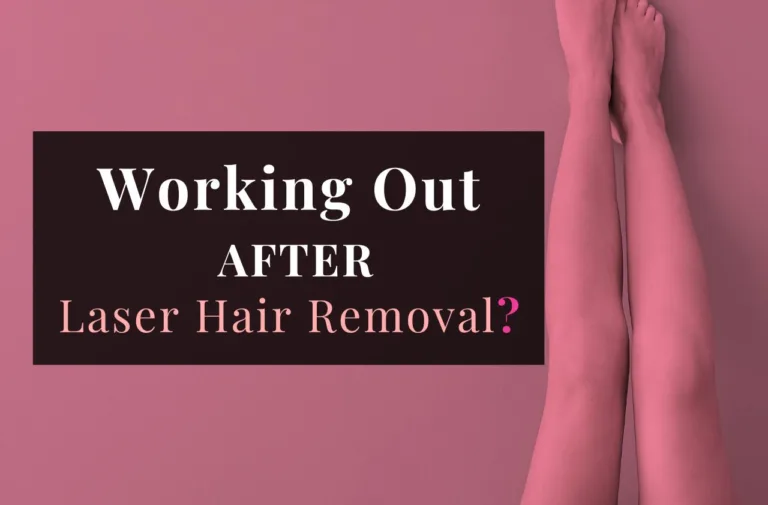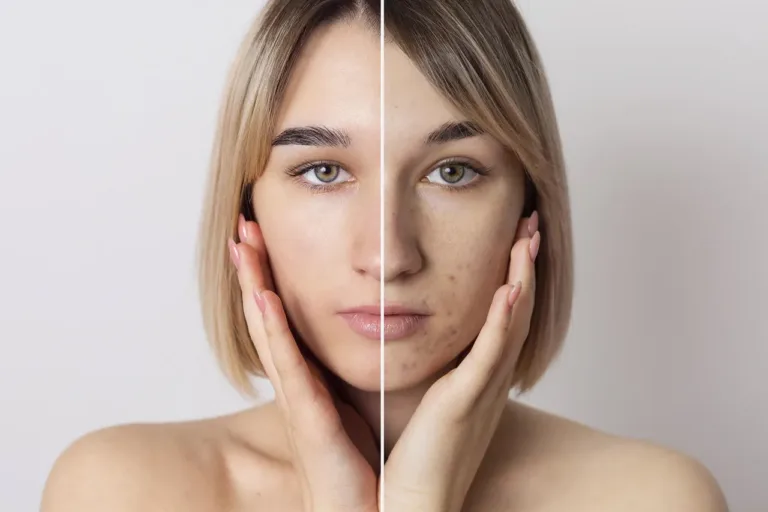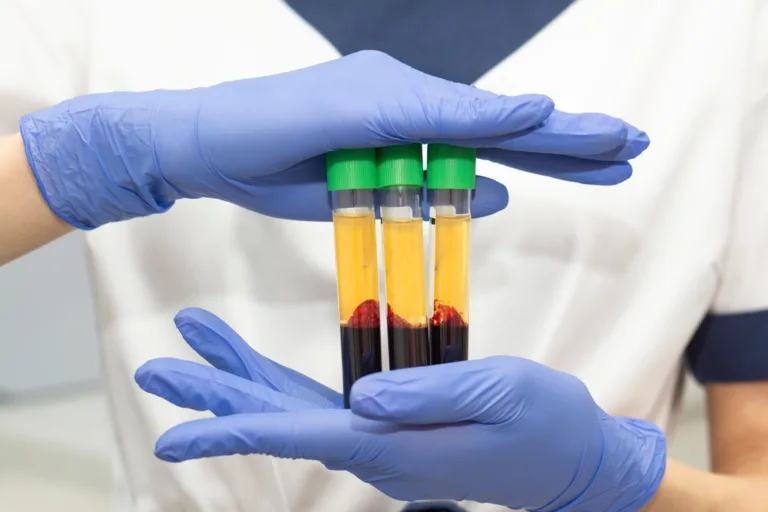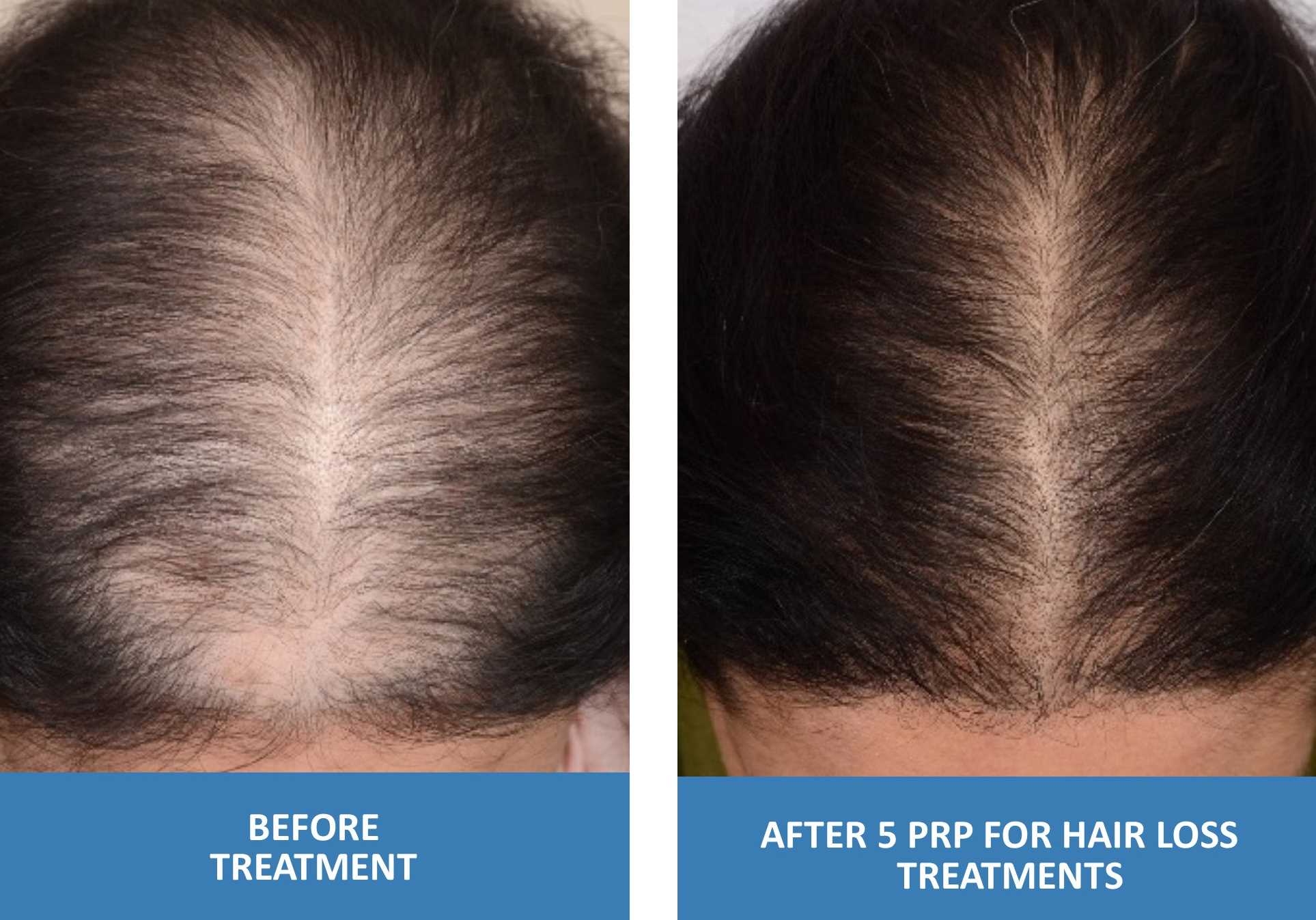
Table of Contents
intro
Hair loss is a common problem that affects many people, especially women, as they age. It can be caused by various factors, such as genetics, hormones, stress, illness, medication, or environmental factors. Hair loss can have a negative impact on one’s self-esteem, confidence, and quality of life.
If you are suffering from hair loss and looking for a natural and effective solution, you may have heard of PRP. PRP stands for platelet-rich plasma, a substance derived from your own blood that contains growth factors and other beneficial components that can stimulate hair growth and improve hair quality.
In this article, we will explain what PRP is, how it works, what are the benefits and risks of PRP for hair loss, and what to expect from a PRP treatment session. We will also provide some tips on how to choose a qualified and experienced provider of PRP for hair loss.
What is PRP?
PRP is a form of regenerative medicine that uses your own blood to heal and rejuvenate various tissues in your body. PRP has been used for decades in various medical fields, such as orthopedics, sports medicine, dentistry, and cosmetic surgery.
To obtain PRP, a small amount of blood is drawn from your arm and processed in a centrifuge machine that separates the blood into different layers. The layer that contains the highest concentration of platelets (the cells that help with clotting and healing) is collected and activated with calcium chloride or other substances. This results in the release of growth factors and other molecules that can enhance tissue repair and regeneration.
The activated PRP is then injected into the scalp area where you want to stimulate hair growth. The injections are done with very fine needles and are usually well tolerated by most patients. The whole procedure takes about an hour and does not require any downtime or recovery.
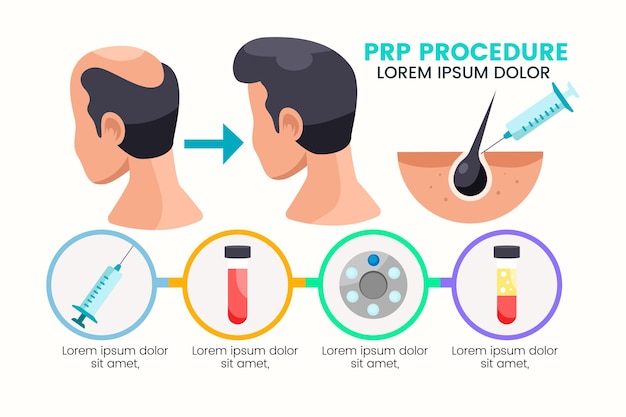
How does PRP work for hair loss?
PRP works by stimulating the dormant hair follicles (the structures that produce hair) in your scalp to enter the active growth phase (anagen). This can result in increased hair density, thickness, and length over time.
PRP also improves the blood supply and nutrient delivery to the scalp, which can enhance the health and quality of your hair. Additionally, PRP can reduce inflammation and oxidative stress in the scalp, which can contribute to hair loss.
The exact mechanism of how PRP works for hair loss is not fully understood yet, but several studies have shown promising results in terms of safety and efficacy. According to a systematic review of 19 studies published in 2019, PRP was found to be more effective than placebo or other treatments (such as minoxidil or finasteride) in increasing hair count, hair thickness, and patient satisfaction.
However, it is important to note that PRP is not a cure for hair loss and it does not work for everyone. The results may vary depending on the cause and severity of your hair loss, your age, your health status, your lifestyle habits, and the quality and quantity of your PRP.
What are the benefits and risks of PRP for hair loss?
PRP has several advantages over other treatments for hair loss, such as:
- It is natural and biocompatible: PRP uses your own blood, so there is no risk of allergic reactions or infections.
- It is minimally invasive: PRP does not require surgery or anesthesia, so there is no scarring or downtime.
- It is versatile: PRP can be used for different types of hair loss, such as male pattern baldness (androgenetic alopecia), female pattern baldness (female pattern hair loss), alopecia areata (an autoimmune condition that causes patchy hair loss), telogen effluvium (a temporary form of hair loss due to stress or illness), or traction alopecia (a form of hair loss due to excessive pulling or styling).
- It is cost-effective: PRP is relatively affordable compared to other treatments for hair loss, such as hair transplantation or medication.
However, like any medical procedure, PRP also has some potential risks and limitations, such as:
- It is not standardized: There is no consensus on the optimal protocol for PRP preparation and administration. Different providers may use different methods, equipment, additives, doses, frequencies, and injection techniques. This can affect the quality and effectiveness of your PRP.
- It is not regulated: There is no official certification or accreditation for providers of PRP for hair loss. Anyone with a medical license can offer this service without proper training or experience. This can increase the risk of complications or unsatisfactory results.
- It is not guaranteed: There is no guarantee that PRP will work for you or that you will be satisfied with the outcome. The results may take several months to appear and may not be permanent. You may need multiple sessions and maintenance treatments to achieve and maintain your desired results.
- It is not risk-free: PRP may cause some side effects or complications, such as pain, swelling, bruising, bleeding, infection, nerve damage, or scalp necrosis (tissue death). These are rare and usually mild and transient, but they can be serious and require medical attention.
What to expect from a PRP treatment session?
If you decide to try PRP for hair loss, here is what you can expect from a typical treatment session:
- Before the treatment: You will have a consultation with your provider, who will evaluate your scalp and hair condition, review your medical history, discuss your expectations and goals, and explain the procedure and its risks and benefits. You will also have some blood tests to check your platelet count and other parameters. You may be advised to avoid certain medications (such as aspirin, anti-inflammatory drugs, or blood thinners) or supplements (such as vitamin E, omega-3 fatty acids, or garlic) that can affect your blood clotting ability. You may also be asked to wash your hair with a mild shampoo and avoid using any products (such as conditioner, gel, or spray) on the day of the treatment.
- During the treatment: You will sit comfortably in a chair and have a numbing cream applied to your scalp. A small amount of blood (about 20 to 60 ml) will be drawn from your arm and processed in a centrifuge machine to obtain PRP. The PRP will be activated with calcium chloride or other substances and injected into the scalp area where you want to stimulate hair growth. The injections will be done with very fine needles and may cause some discomfort or pain. The whole procedure will take about an hour and you will be able to leave immediately after.
- After the treatment: You will be given some post-treatment instructions, such as avoiding washing your hair for at least 24 hours, avoiding direct sunlight or heat exposure for at least 48 hours, avoiding strenuous exercise or alcohol consumption for at least 72 hours, and avoiding dyeing or coloring your hair for at least two weeks. You may experience some side effects, such as pain, swelling, bruising, bleeding, or itching in the treated area. These are usually mild and subside within a few days. You can use ice packs, painkillers, or anti-inflammatory drugs to relieve them. You should contact your provider if you notice any signs of infection (such as fever, pus, or redness) or any other complications (such as nerve damage or scalp necrosis). You should also monitor your results and take some before-and-after photos to compare them.

How to choose a qualified and experienced provider of PRP for hair loss?
As mentioned earlier, PRP is not a standardized or regulated procedure. Therefore, it is very important to choose a qualified and experienced provider who can offer you a safe and effective treatment.
Here are some tips on how to choose a good provider of PRP for hair loss:
- Do your research: Look for providers who have specialized training and certification in PRP for hair loss. You can search online for reputable organizations or associations that offer such courses or credentials. You can also look for reviews or testimonials from previous clients or patients who have received PRP from them.
- Ask questions: Contact the providers that you are interested in and ask them about their qualifications, experience, methods, equipment, additives, doses, frequencies, injection techniques, results, risks, benefits, costs, and guarantees. Compare their answers and see if they are consistent and transparent. You can also ask them to show you some before-and-after photos or videos of their previous clients or patients who have received PRP from them.
- Visit their clinic: Schedule a consultation with the providers that you are interested in and visit their clinic. Observe their hygiene standards, professionalism, friendliness, and communication skills. Check their equipment and facilities and see if they are clean and modern. Ask them to explain the procedure in detail and answer any questions or concerns that you may have.
- Trust your gut: After doing your research, asking questions, and visiting their clinic, choose the provider that you feel most comfortable and confident with. Trust your intuition and go with the one that meets your expectations and goals.
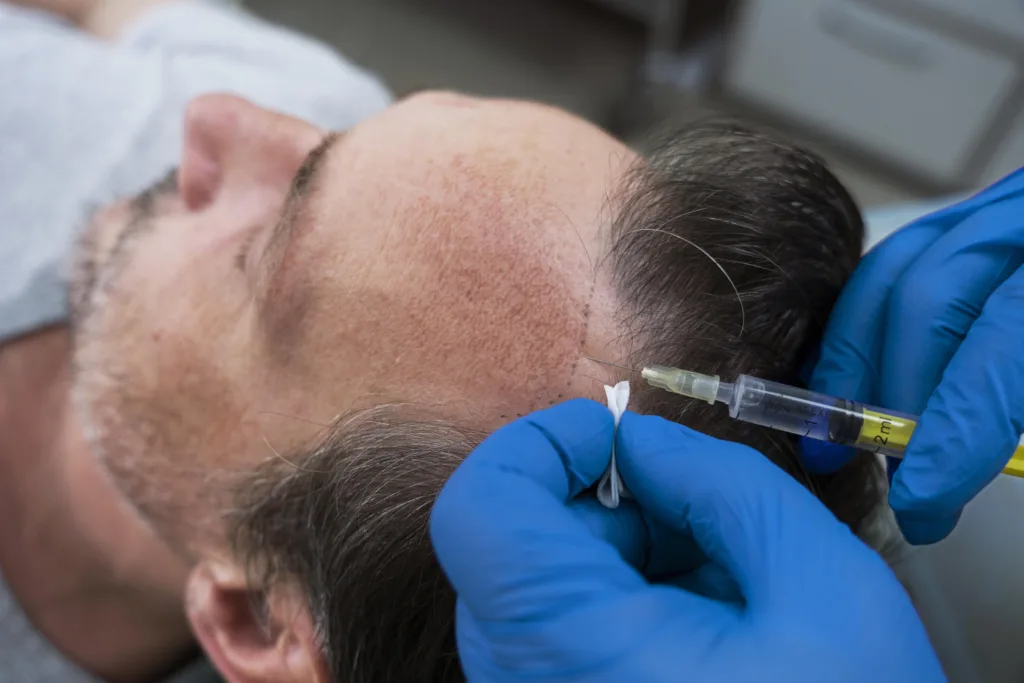
Conclusion
PRP is a natural and minimally invasive treatment that can help with hair loss by stimulating hair growth and improving hair quality. It has several benefits over other treatments for hair loss, such as being biocompatible, versatile, and cost-effective.
However, PRP is not a standardized or regulated procedure. It is not guaranteed to work for everyone or to produce permanent results. It also has some potential risks and limitations that need to be considered.
Therefore, it is important to do your research and choose a qualified and experienced provider who can offer you a

